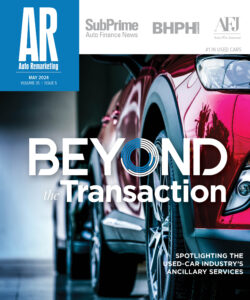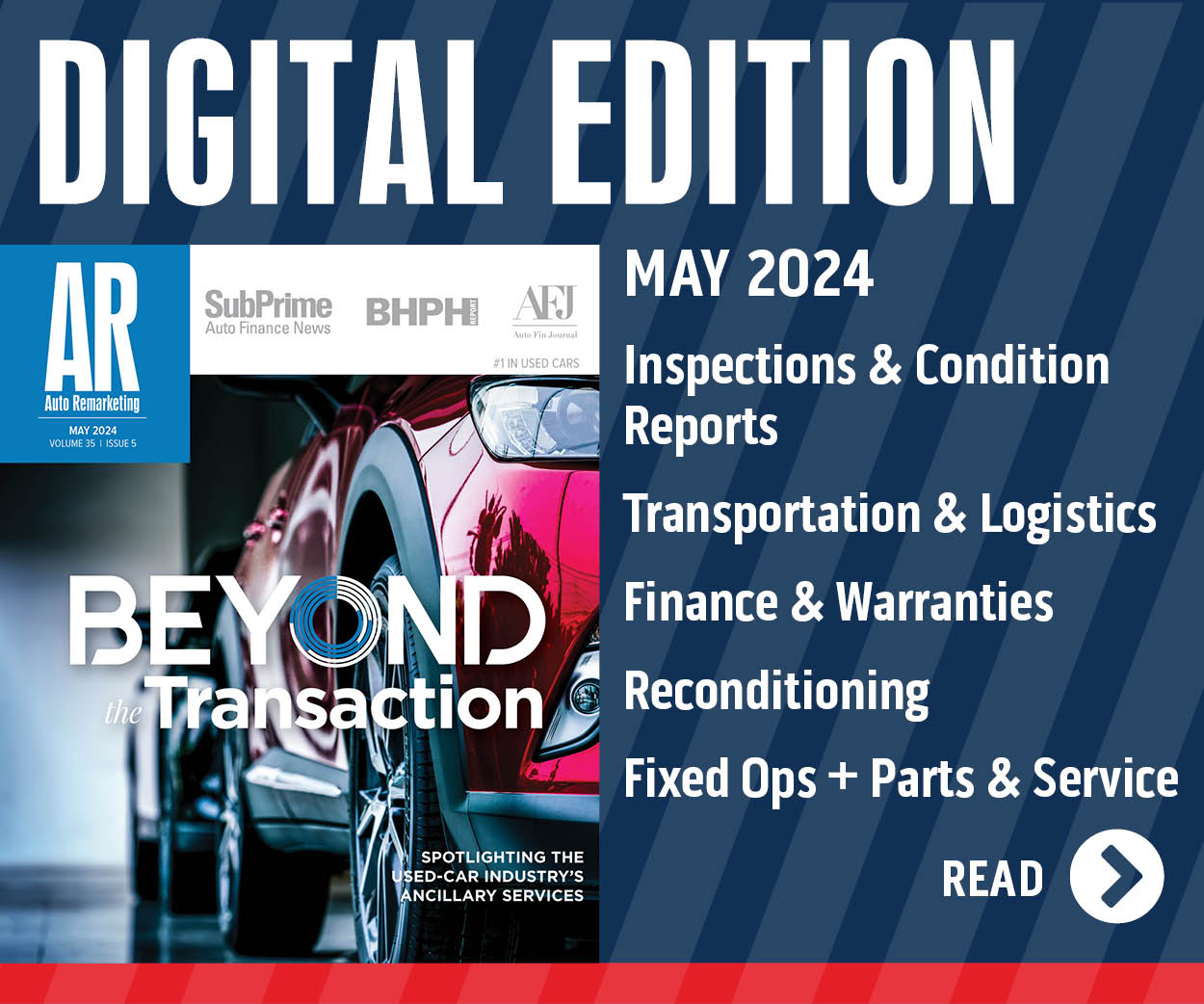McMullen: The Buying Funnel Is Dead; How to Sell to Gen X and Gen Y — Part II

In the first installment of our “How to sell to Gen X and Y” series, we examined the dramatic shift from cars to tech as the hot interest among young people — and the resulting decline in younger drivers and car shoppers.
As we mentioned last time, effectively selling to these younger, automotive-apathetic consumers requires an understanding of the new car-shopping journey — and the “digital decisions” that surround it.
Now, we’ll begin to explore some of the repercussions of this trend; specifically, the death of the traditional buying funnel.
So what exactly was the traditional buying funnel? It started with awareness of a certain product, trickled into consideration of that product, then purchase, preference and, finally, loyalty (or not) to a certain brand or business.
Through our Digital Decision Journey Research Project, we’ve unveiled the ins and outs of a new car-shopping process—one that’s been evolving since the explosion of Internet car-shopping sites such as AutoTrader.com and Cars.com. Here’s how we went about our research:
— We focused on 25- to 39-year-old owners of late-model, pre-owned vehicles who were in the market for a new car — and who started the online shopping process without a commitment to a specific brand or model.
— We performed ethnographic (“fly on the wall”) research by following buyers through the online journey.
—W e also executed a quantitative survey in November 2012 of intended buyers and purchasers.
— In addition to our survey, we factored in secondary research in the form of new-car shopper studies from McKinsey & Company and the November 2012 Panoramaux Research Dealership Intercept Study and Consumer Quantitative Study
— Finally, we employed our own INCISENT Labs’ National Benchmarking Analysis
It wasn’t surprising to learn that people are less brand-loyal across all ages: 80 percent say they aren’t committed to a brand when buying a car.
Still, in the end, 40 percent of consumers do end up purchasing the same make and model as a previous purchase. While the intent of loyalty isn’t necessarily there, it may prevail in the end. And dealerships have a much better chance at winning this loyalty if they understand the new shopping process upfront.
With the proliferation of car-shopping sites such as AutoTrader.com and Cars.com, consumers have a whole new world at their fingertips — and they’re taking the wheel.
In fact, 49 percent of people cite the Internet as their biggest influence on their car make/model decision, according to the Panoramaux research — nearly 30 percent more than any other factor, including advice from friends and family; a mere 13 percent rank preexisting knowledge as the top influence.
Rather than reacting to an outside stimulus (a radio commercial about a certain dealership or make/model of car, for example) and then visiting the lot to consider the purchase, shoppers are starting online — without loyalty to a specific brand or dealership.
The buying funnel has become a circular process, starting with online consumer research and an initial consideration set that leads to active evaluation.
In the next several parts of this blog series, we’ll dive deeper into this new digital decision journey—and how you can take advantage of it. Stay tuned.
Patrick McMullen is vice president of sales at MAX Systems. This blog entry and others can be found at www.getrelevantordie.com.
Continue the conversation with Auto Remarketing on both LinkedIn and Twitter.

 View The Latest Edition
View The Latest Edition

